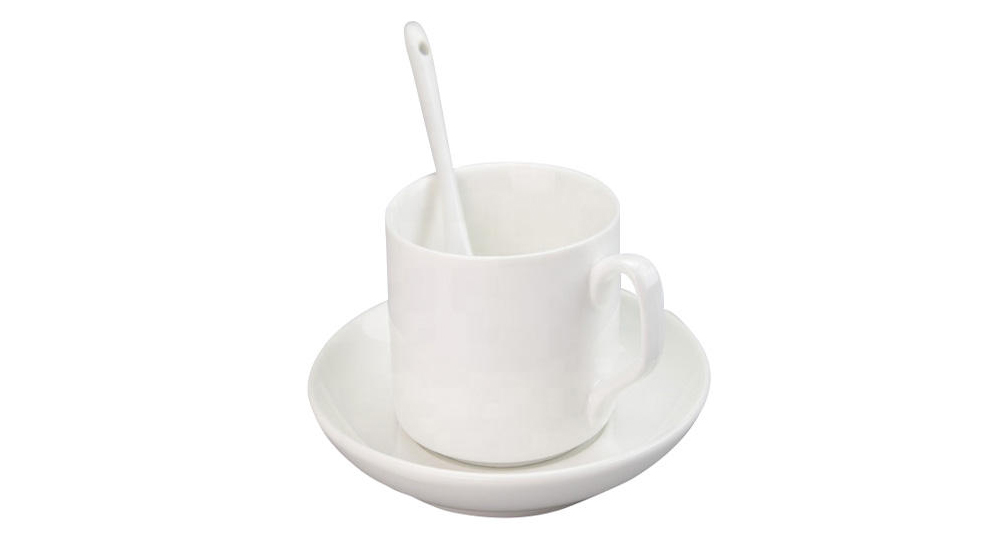
Sublimation blanks are the base for bright and lasting designs. You use these blanks to move colorful prints onto many surfaces. To get good results, you need blanks made for sublimation. Many people make mistakes with sublimation blanks. Some pick fabrics with low polyester. Others forget to pre-press the blanks. These mistakes can make prints look faded or blurry. Always check if your blanks fit the sublimation process. Make sure they work with the right ink and paper. Good surfaces and careful prep help your projects look great.
Common mistakes when picking sublimation blanks:
Using blanks with low polyester makes prints look faded.
Not pre-pressing can make images blurry or ghosted.
Not checking if blanks work with ink and paper gives bad transfers.
Wrong heat settings can change colors or leave transfers unfinished.
Picking low-quality blanks makes designs less bright and less strong.
Key Takeaways
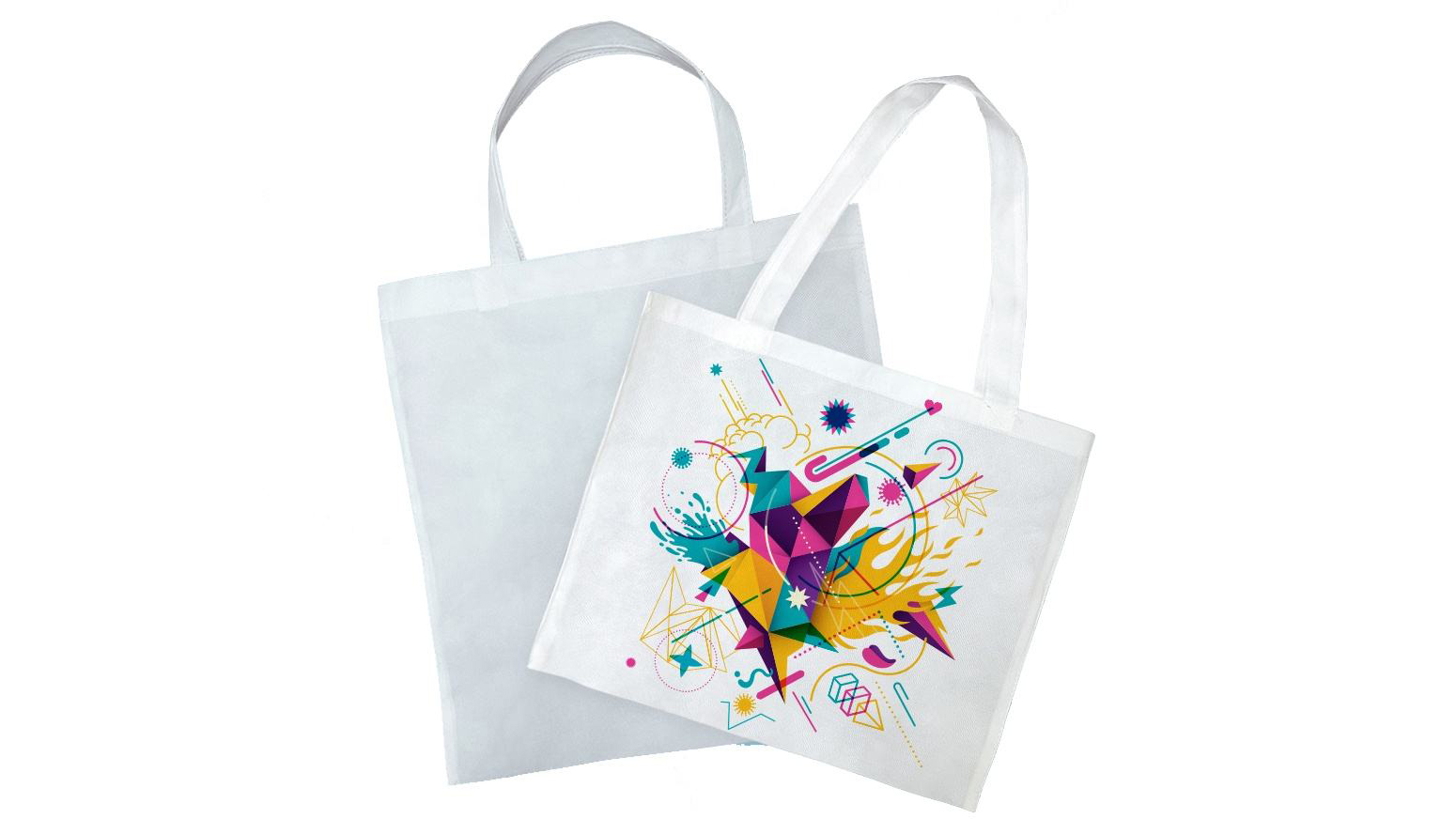
Pick sublimation blanks that are 100% polyester or have a special polymer coating. This helps your designs look bright and last a long time. Use blanks that are light-colored or white. This is because sublimation ink is see-through. Always clean your blanks before you use them. Pre-press them to get rid of moisture and wrinkles. This makes your prints sharp and clear. Choose the right printer, ink, and sublimation paper. These should be made for sublimation. This stops your images from looking faded or blurry. Buy blanks from sellers you trust. Make sure they are good quality and strong. Check that the product details are clear. This helps your projects turn out great.
Sublimation Blanks Overview
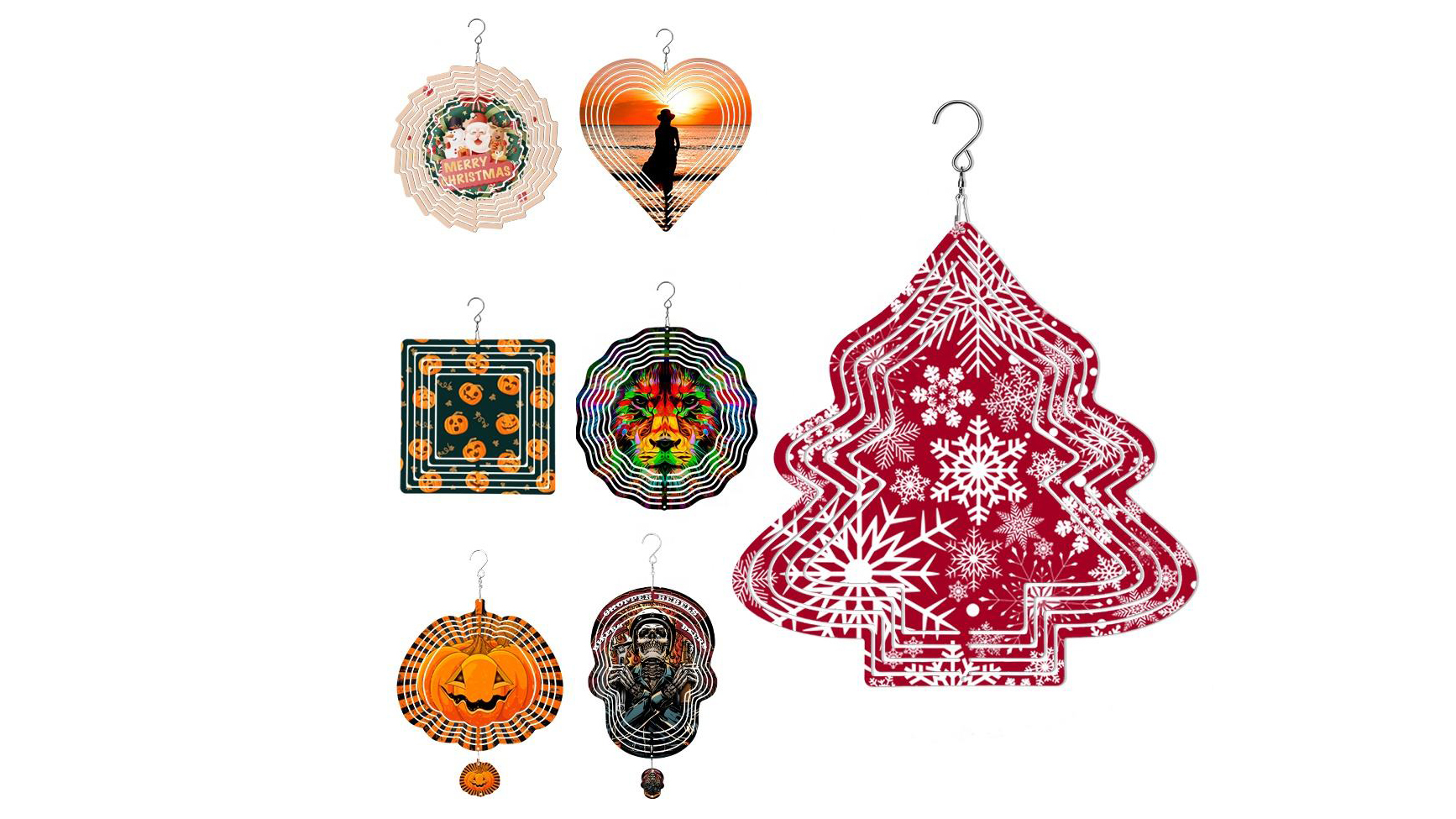
What Are Sublimation Blanks
Sublimation blanks are the first step for your creative ideas. These blanks are made to work with sublimation. When you use heat and pressure, the ink turns into gas. The gas sticks to the blank’s surface. This makes bright images that last a long time. The pictures do not peel or crack.
You can find sublimation blanks in many shapes and materials. Here are some common types you might use:
Drinkware: mugs, tumblers, sports bottles, and shot glasses with a polymer coating
Photo panels and tiles: for showing off art or photos
Apparel: shirts, caps, and tote bags made from polyester fabric
Other items: ornaments, mouse pads, keychains, awards plaques, pet bowls
Sublimation blanks are made from acrylic, aluminum, bamboo, ceramic, glass, metal, wood, and polyester fabric. Each material gives different results and uses.
Tip: Some blanks, like caps or shot glasses, need special tools like a cap press or an oven.
Why Sublimation Blanks Matter
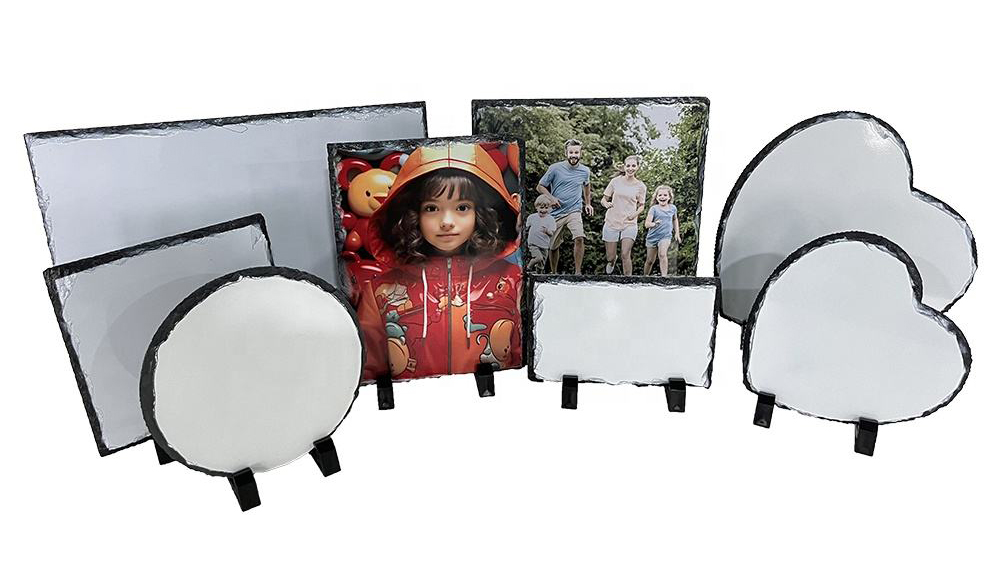
Picking the right sublimation blanks is very important. Sublimation works best on polyester or polymer-coated surfaces. The ink becomes part of the blank. This keeps your designs bright and helps them last.
Here is a quick comparison between sublimation blanks and blanks for other printing methods:
Aspect | SUBlimação em branco | Screen Printing Blanks |
|---|---|---|
Material Requirements | Cotton, cotton-poly blends, and more | |
Color Suitability | Best on light-colored polyester blanks | Any color |
Ink Appearance | Bright on light colors, dull on dark | Can print white ink on dark colors |
Types of Items | Mugs, mouse pads, puzzles, coasters, apparel | Paper bags, wood, bed sheets, balloons |
Sublimation blanks help you make things that do not fade, peel, or crack. The ink bonds with the blank, so your images stay sharp and colorful. You get the best results with light-colored, polyester-based blanks or polymer-coated surfaces. These surfaces let the ink look bright and keep your designs looking new for a long time.
Sublimation Surfaces and Materials
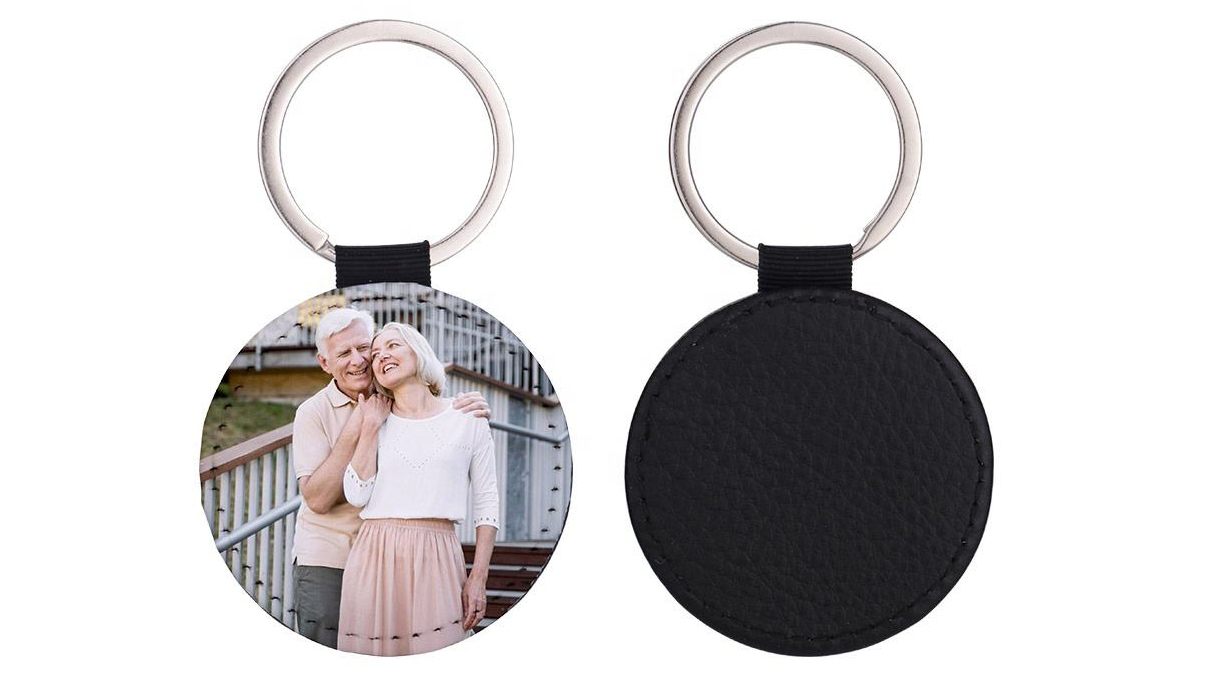
Fabric Blanks
You get the best results from sublimation when you use the right fabric. Polyester is the top choice for sublimation fabric blanks. The ink bonds well with synthetic fibers, so your designs stay bright and last longer. Shirts made from 100% polyester give you the most vibrant colors. If you use blends, pick ones with at least 65% polyester. Blends with 75% or more polyester help reduce fading and keep your prints looking new after many washes. Lower polyester content, like 50%, leads to faded and dull images.
Choose fabric blanks with at least 65% polyester for good results.
75% polyester or higher gives you brighter, longer-lasting colors.
100% polyester keeps colors strong, even after many laundry cycles.
Light-colored or white shirts work best for sublimation.
Cotton and other natural fibers do not work well. The ink does not bond, and prints fade quickly.
Tip: White or light-colored sublimation fabric blanks help your designs look their best. Sublimation ink is see-through, so the color of the blank affects the final image.
Hard Surface Blanks
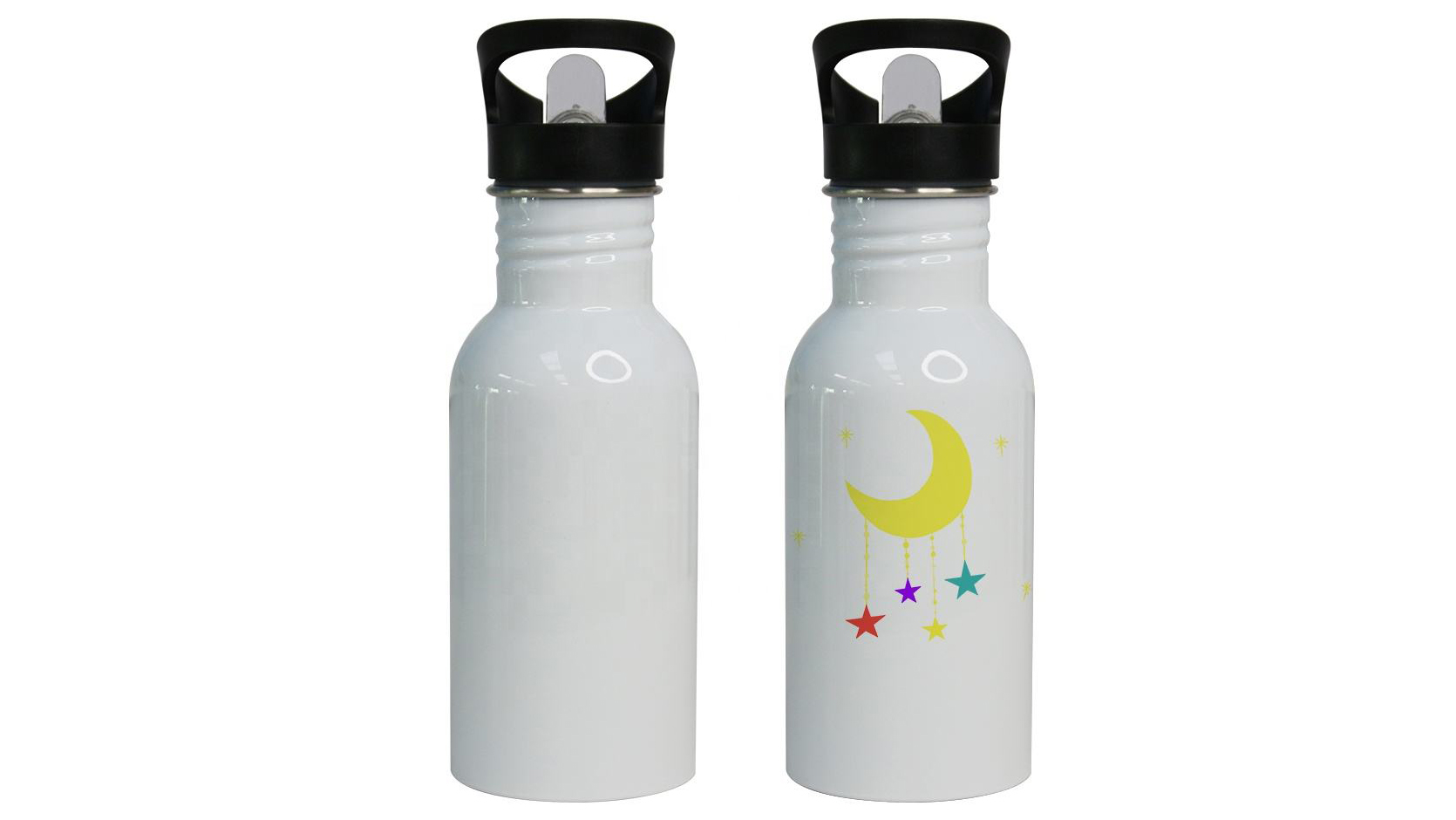
You can use sublimation on many hard surfaces, but these must have a special coating. The coating is usually polyester or polymer-based. This layer lets the ink bond during heat pressing. Without it, the ink will not stick, and your design will fade or wash away.
Common hard surface sublimation blanks include:
Ceramic mugs and tiles
Metal photo panels and sheets
Glass ornaments and coasters
Wood panels with a clear polymer coating
Plastic items made for sublimation
Ceramic mugs are very popular. They have a polymer coating that makes them perfect for sublimation. You also see many photo panels and tiles with glossy white finishes. These surfaces show off detailed images and bright colors. Aluminum panels come in matte or glossy finishes. Wood panels keep their natural look with a clear coating.
Note: Always check that your hard surface blanks are labeled as “sublimation-ready.” Only these blanks have the right coating for lasting, professional results.
Unsuitable Materials
Not all materials work for sublimation. Some do not bond with the ink, and others cannot handle the heat. You should avoid these materials:
Cotton and other natural fibers (like silk)
Uncoated ceramics, glass, metal, or wood
Dark or black blanks
Sublimation ink does not bond with cotton. Prints on cotton fade fast and lose color after washing. Hard surfaces without a polymer coating will not hold the ink. Your designs may look faded or disappear after use. Dark blanks do not work because sublimation ink is see-through. The design will not show up well, and white ink is not used in sublimation. Any white areas in your design will take on the color of the blank.
Attempting sublimation on the wrong blanks leads to poor results.
Always use polyester-based or coated blanks for the best outcome.
Tip: If you want to decorate cotton or uncoated items, try heat transfer vinyl or other methods. These work better for those materials.
How Blank Color Affects Your Design
The color of your sublimation blanks changes how your design looks. Sublimation ink is translucent. The blank’s color shows through the ink. White blanks give you the brightest and most accurate colors. Light-colored blanks can change the look of your design. For example, yellow ink on a blue blank may look green. Dark blanks make it hard to see your design. Sublimation does not use white ink, so any white in your design will match the blank’s color.
White blanks provide the best results for vibrant, clear designs.
Light-colored blanks may change the color of your image.
Dark blanks make designs hard to see.
Clear blanks can make light colors hard to notice unless you add a background.
Remember: Always choose the right color and type of blank for your project. This helps your sublimation designs stand out and last.
Best Sublimation Blanks by Type
Shirts and Apparel
Sublimation shirts and apparel can make your projects stand out. The best shirts for sublimation are made from 100% polyester. This fabric lets the ink go deep into the fibers. Your prints will stay bright and last after many washes. Pick shirts that are white or light in color. Sublimation ink is see-through, so dark shirts do not show designs well. The colors can look dull on dark shirts.
Some popular shirt styles are crew necks, V-necks, short sleeves, and athletic tees. Brands like Gildan and Bella Canvas make good shirts for sublimation. You can also use performance tees, crop tops, and unisex shirts. Some shirts have extra features like moisture-wicking, wrinkle resistance, or UV protection. These features are nice, but you still need a high polyester count.
Tip: Always read the label to check the polyester percentage. For bright and strong prints, use shirts with at least 65% polyester. For the best results, pick 100% polyester shirts.
You can use shirts with polyester-cotton blends, but the prints will not be as bright or last as long. Shirts with a tight weave and smooth surface help your designs look sharp. Do not use cotton or dark shirts. The ink will not stick well, and your prints will fade fast.
Drinkware (Mugs, Tumblers, Bottles)
Drinkware is a favorite choice for sublimation blanks. You can make mugs, tumblers, and bottles with photos or logos. These items are great for gifts and business use. Always pick drinkware with a special polymer coating. This coating helps the ink stick and makes the image last.
The most common drinkware blanks are:
Mugs made from ceramic, glass, or metal
Tumblers made from stainless steel or plastic
Bottles like sports bottles, water bottles, and travel bottles
Shot glasses
Sublimation mugs are popular because they are strong and scratch-resistant. They are safe for microwaves and dishwashers. The thick walls make them good for daily use. Tumblers and bottles work well too, especially if they have double-wall insulation. This keeps drinks hot or cold and makes them more useful.
Drinkware Type | Material | Sublimation Coating | Durability | Dishwasher Safe |
|---|---|---|---|---|
Canecas | Ceramic/Glass | Yes | Yes | |
Tumblers | Stainless Steel | Yes | Durable | Top Rack Only |
Bottles | Metal/Plastic | Yes | Durable | Varies |
Note: Do not use regular mugs or tumblers for sublimation. Only use blanks with a polymer coating. Uncoated items will not hold the ink, and your design will wash off.
You can use a mug press or a special oven to put your design on mugs, tumblers, and bottles. Sublimation mugs and tumblers keep their images bright, even after many washes. If your mug has a matte finish, hand washing helps keep the print looking new.
Other Items (Puzzles, Keychains, Coasters, Earrings)
You can use sublimation for more than just shirts and drinkware. Items like puzzles, keychains, coasters, and earrings are also popular. These blanks must have a polymer or polyester coating to work with sublimation.
Some top picks for non-apparel sublimation blanks are:
Puzzles made from cardboard or MDF with a coating. These are fun for games and gifts.
Keychains made from metal, acrylic, or MDF with a coating. These are good for small custom items.
Coasters made from ceramic, cork, or MDF with a polymer layer. These are used for home décor or giveaways.
Earrings made from MDF, aluminum, or acrylic with a sublimation surface. These are great for unique jewelry.
Phone cases made from hard plastic or rubber with a coating. These are popular for custom accessories.
Aluminum plates used for awards, signs, or art. These always have a coating for sublimation.
Glassware made from glass with a polymer coating. These are used for custom drinkware or ornaments.
Remember: All non-fabric sublimation blanks need a special coating. This coating helps the ink stick and keeps your designs bright.
Always check if your blanks can handle the heat of sublimation. Good blanks have smooth surfaces and even coatings. This helps your prints look clear and bright. If you use blanks without a coating or low-quality blanks, your designs may fade, peel, or wash away.
Sublimation lets you make many custom products. You can create puzzles, keychains, coasters, and earrings. The right blanks help your projects look great and last a long time.
Where to Buy Sublimation Blanks
Recommended Retailers
You need good places to buy sublimation blanks. Carolina Blanks & More LLC is a trusted online store. They sell many types of blanks, like shirts, mugs, and home items. They also have seasonal products. This company cares about customers and keeps new items in stock. You can buy single items or in bulk. Many crafters like them for their quality and helpful service.
If you want to shop in person, visit local craft or specialty stores. Some stores have a few blanks, like mugs or shirts. Always ask if the blanks are made for sublimation. You can also join online groups to get advice from other crafters.
Tip: Pick stores that add new items often and give clear details. This helps you find the best blanks for your projects.
Tips for Buying Quality Blanks
When buying blanks, check a few things to get good results. Use this list to help you pick:
The blanks should have a smooth surface and even coating for bright prints.
Make sure the blanks can take the heat without bending or fading.
See if the seller has good reviews and helps customers.
Choose eco-friendly blanks if you want to help the planet.
Pick blanks that fit your heat press and match your project size.
For mugs, check for a polymer coating and see if they come with lids or straws.
Look at the packaging to make sure your blanks will not get damaged.
Here is a table to help you compare different sellers:
Factor | What to Look For |
|---|---|
Strong materials that last after use and washing | |
Customization Options | Many sizes, shapes, and colors for different projects |
Pricing and Shipping | Good prices, fair shipping, and fast delivery |
Customer Support | Friendly service and good reviews from buyers |
Remember: Good sublimation blanks help your designs look great and last longer. Take time to learn before you buy.
Sublimation Project Tips
Ink and Printer Compatibility
You must use the right printer and ink for sublimation. Regular inkjet printers do not work for this. Their ink cannot turn into gas. Use printers made for sublimation, like the Sawgrass SG500 or Epson F170. These printers use special sublimation ink. This ink bonds with polyester or polymer-coated blanks. Always use the correct ICC color profiles for your printer and ink. This helps you get the right colors every time. Choose OEM inks, like Sawgrass Sublijet UHD or Epson T49M Dye-Sublimation Ink, for the best results. Some printers use syringe-fill inks. Others use autofill systems. Pick the ink that fits your printer. Set your printer to high quality. Select Epson Matte paper. Use mirror image mode for the best transfers.
Preparing Blanks
Getting your sublimation blanks ready is very important. For fabric blanks, use a lint roller to remove dust and lint. Lay the shirt flat and smooth on the press. Pre-press the fabric for a few seconds. This removes moisture and wrinkles. It helps the ink go on evenly and keeps your print bright. For hard surface blanks, clean them with alcohol swabs. This removes oils and dirt. Always check that your blank is polyester-based or has a polymer coating. Make sure your design is lined up before pressing. Preheat your press to the right temperature, usually between 180°C and 200°C. Use the right time and pressure for each blank.
Tip: Pre-pressing and cleaning your blanks stops marks and faded prints.
Troubleshooting
Sublimation can have problems, but you can fix most of them. If your colors look dull, check if you used the right side of the paper. Also, make sure your blank has enough polyester. Dots or faded spots mean there is moisture in the blank. Pre-press to get rid of it. If you see lines or streaks, clean your printer nozzles. Use high-quality ink for better results. Ghosting happens when the paper moves during pressing. Use heat-resistant tape to keep it in place. Blurry or faded prints can happen from wrong time, temperature, or pressure. Change your press settings and use good images. Always use fresh sublimation paper for each project. Never reuse paper, or you might get smudges or ghosting.
Problem | Cause | Solution |
|---|---|---|
Dull Colors | Wrong paper side, low polyester | Use shiny side, >65% polyester blank |
Dots/Faded Spots | Moisture in blank | Pre-press to remove moisture |
Ghosting | Paper movement | Use heat-resistant tape |
Lines/Streaks | Clogged nozzles | Clean printer nozzles |
Faded Prints | Too much heat/time/pressure | Adjust press settings |
Remember: Using the right printer, ink, and blanks helps you avoid most problems and get bright, lasting results.
Picking the right sublimation blanks and surfaces is important. Your projects look better with polyester-coated or light-colored blanks. These blanks help the ink stick and keep colors bright. Do not use cotton or fuzzy blanks because prints will fade. Sublimation works best on smooth and flat surfaces. Painted white wood or coated metal are good choices. If you need more help, check out guides like Sublimation for Beginners from Chibi Crafts or Sublimation Made Simple by JenniferMaker. These guides teach you how to do sublimation and make bright, long-lasting designs.
FAQ
What makes a blank suitable for sublimation?
You need blanks with polyester or a special polymer coating. These surfaces let the ink bond well. Always check the label for “sublimation-ready” before you buy.
Can you sublimate on cotton shirts?
You cannot use regular cotton shirts for sublimation. The ink does not bond with cotton fibers. Your design will fade or wash out quickly.
Why do my sublimation prints look faded?
Faded prints often mean you used low-polyester blanks or the wrong heat settings. Make sure your blank has at least 65% polyester. Check your press temperature and time.
Do you need special paper for sublimation?
Yes, you need sublimation paper. This paper holds the ink and releases it during pressing. Regular copy paper will not work for sublimation projects.
Where can you find unique sublimation blanks?
You can find unique blanks at specialty online stores like Carolina Blanks & More LLC. Local craft stores sometimes carry blanks. Join online groups to discover new sources.

